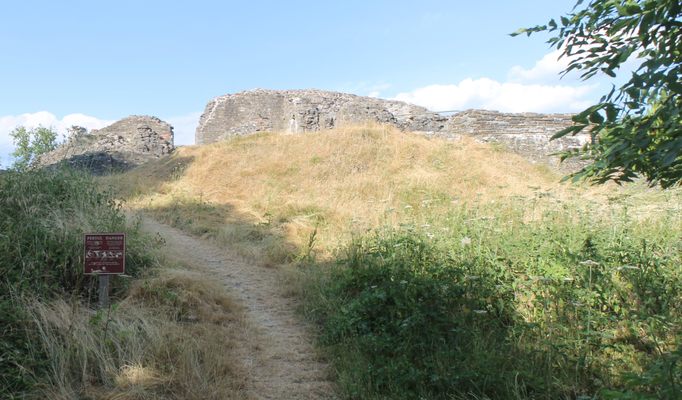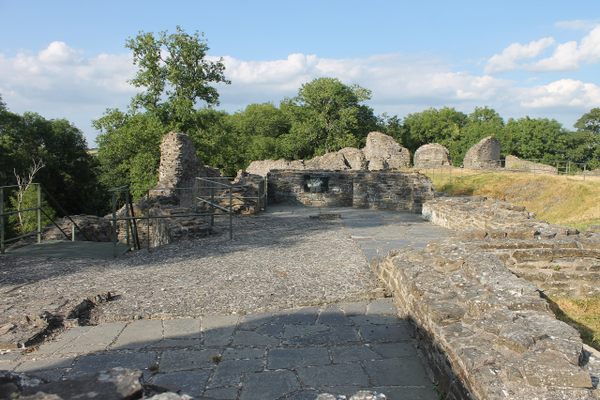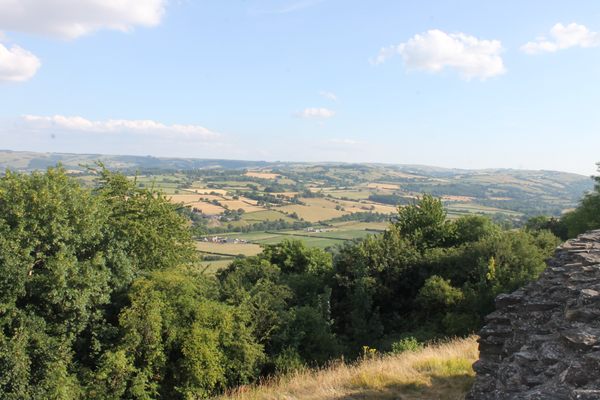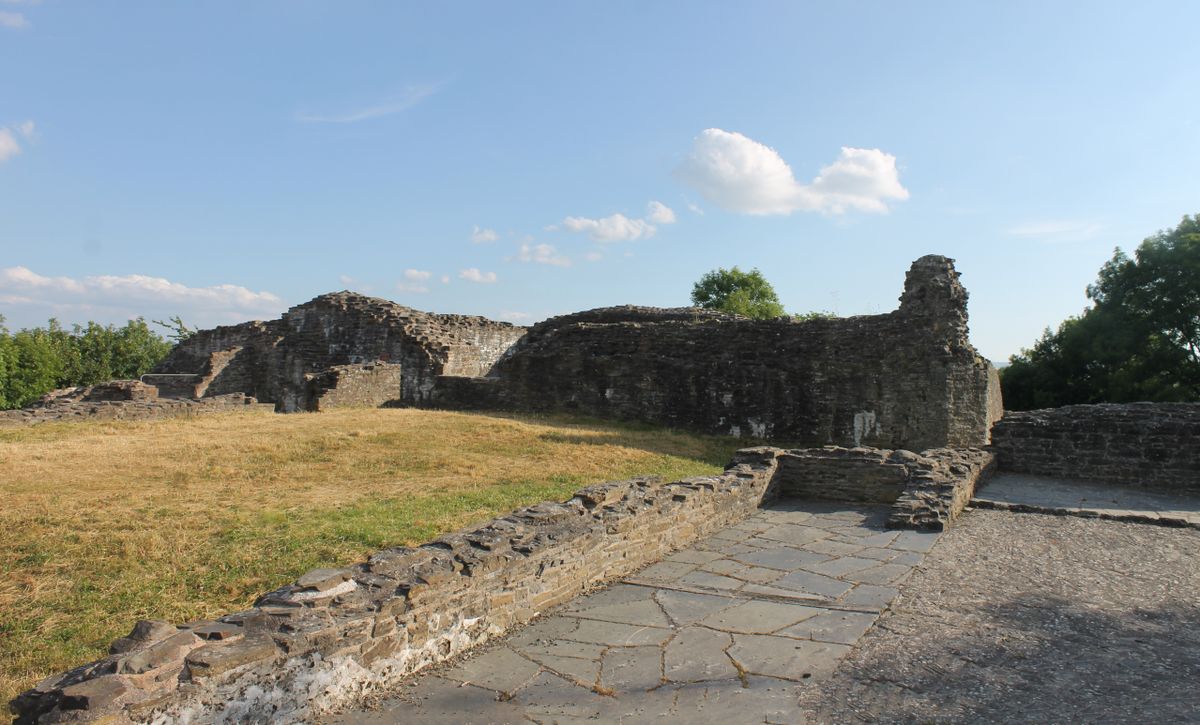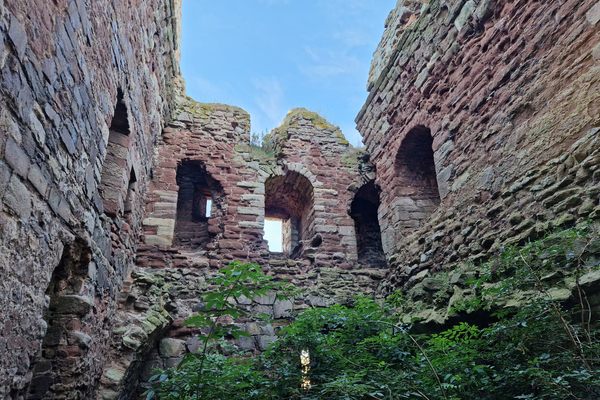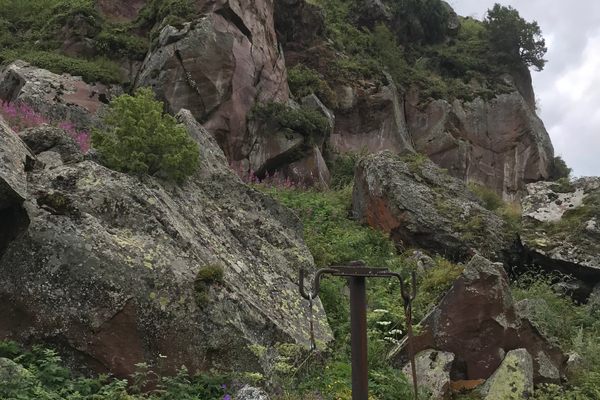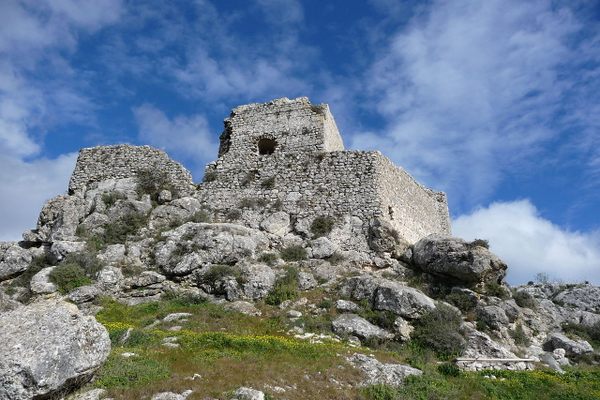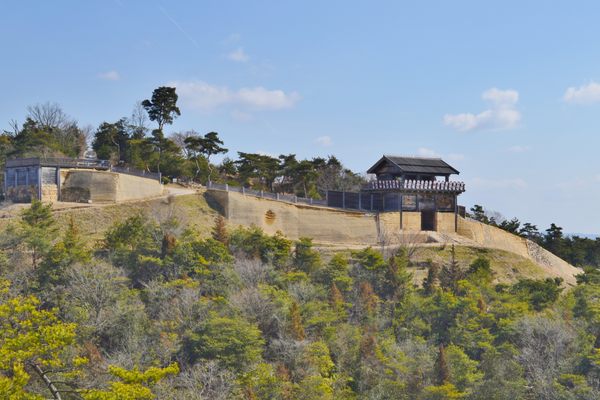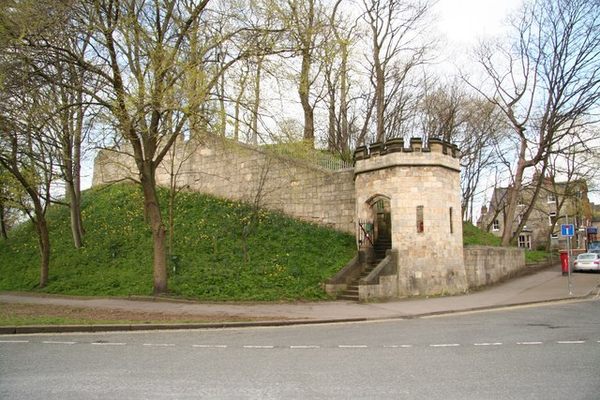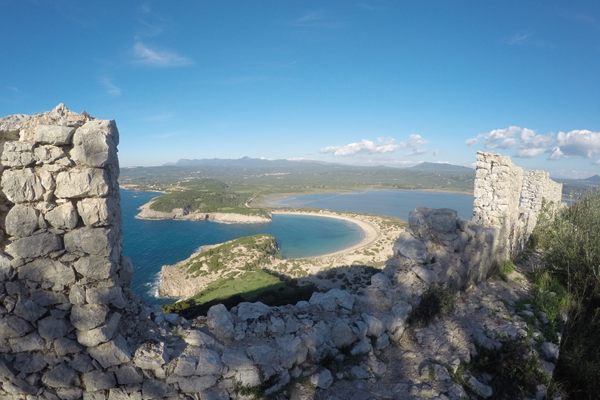About
Dolforwyn Castle was one of the last strongholds built by Llywelyn ap Gruffudd (known as Llywelyn the Last), the last native Prince of Wales to be formally recognized by the crown, and stands as a weathered reminder of the defiance of the Welsh princes in the face of the conquest of the English king, Edward I.
Llywelyn began work on the castle in 1273 to cement his position of power in the Severn Valley. Before he’d even completed it, however, the prince received a message from the English king telling him to halt construction. Edward was weary of Llywelyn’s growing power in Wales. To make matters that bit worse, the Welshman was also in the process of courting the king’s cousin.
Llywelyn, however, was not to be told what he could do with his own land, and continued undeterred. In response, the king sent a task force to take the castle, which promptly fell after a brief siege–purportedly because Llywelyn had not got round to building a well to provide drinking water to the fortress.
Following its seizure, the castle was passed between English lords until 1398 when it began to fall into ruin. Llywelyn himself did not fare all that much better. Though he did eventually make peace with Edward (and marry his cousin, Eleanor de Montfort, at Worcester Cathedral), the prince later joined a Welsh uprising against the English (started by his brother, Dafydd), which ended with him being killed and his head put on display at the Tower of London.
The ruined site of Dolforwyn Castle was excavated between 1981 and 2002, and its remains were consolidated for public display. Visitors to the atmospheric hilltop site will be able to make out a number of large curtain walls, a stone keep, and ruins of a cylindrical tower. There are also exceptional views out across the Severn Valley—a landscape so beautiful Llywelyn thought it worth dying to protect.
Related Tags
Know Before You Go
The site is under the custody of Cadw (the Welsh Government's historic environment service) but is free to enter. Opening times are between 10 a.m. and 4 p.m.
Community Contributors
Added By
Published
September 7, 2022
